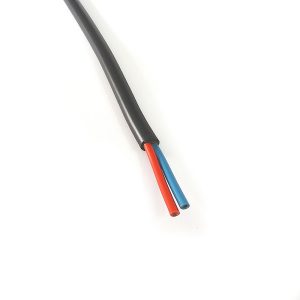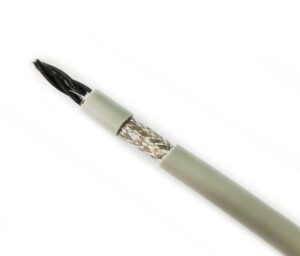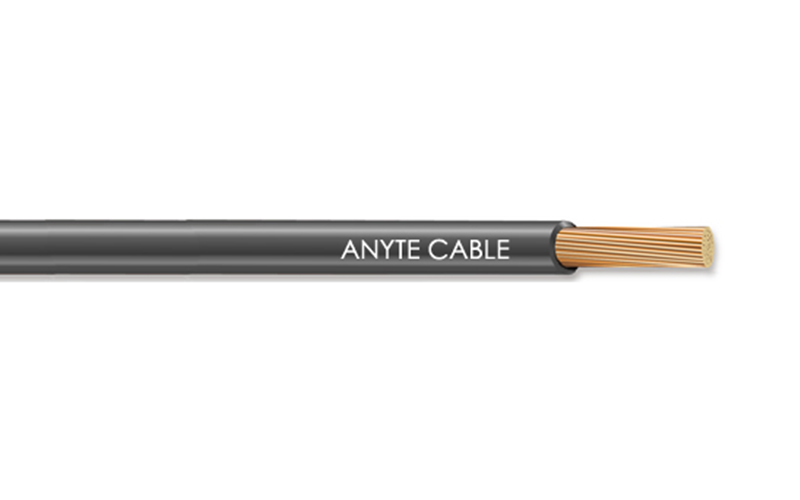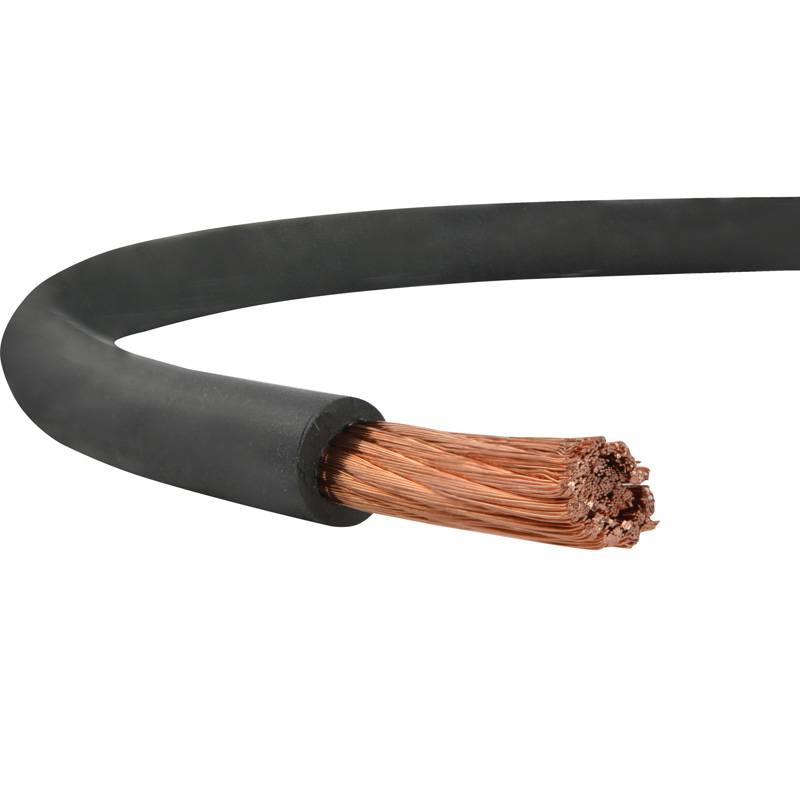I. Introduction to CE NHXH Cable
CE NHXH Cables, also known as NHXH cables, are widely used in construction, infrastructure, and industrial applications due to their high safety standards and reliability. These cables are designed to meet the requirements of the European Union’s Construction Products Regulation (CPR), which mandates that cables used in construction must comply with specific fire safety standards.

Definition and Composition
CE NHXH cables are fire-resistant and low-smoke, halogen-free (LSHF) cables that are designed to minimize the risk of fire and reduce the emission of toxic gases in the event of a fire. They are composed of high-quality materials that ensure their durability and performance in various environments.
These cables typically consist of a solid or stranded copper conductor, insulation material, and a sheath. The insulation material is usually made of cross-linked polyethylene (XLPE) or polyvinyl chloride (PVC), which provides excellent electrical insulation properties. The sheath is made of LSHF material, which ensures that the cable does not emit toxic gases or smoke when exposed to fire.
Overview of CE Marking
CE marking is a certification mark that indicates conformity with health, safety, and environmental protection standards for products sold within the European Economic Area (EEA). For cables, CE marking indicates that the product meets the requirements of the CPR regarding fire safety performance.
To obtain CE marking, NHXH cables must undergo rigorous testing and certification processes to ensure their compliance with European standards. This includes testing for fire resistance, smoke emission, and toxicity of gases emitted during combustion.
II. Properties and Characteristics of CE NHXH Cable
CE NHXH cable is known for its exceptional properties and characteristics, making it a preferred choice for various applications. Some of its key properties include:
- Fire Resistance: It is designed to be highly resistant to fire, making it suitable for use in buildings and structures where fire safety is a concern. The cable is constructed with materials that can withstand high temperatures without losing their structural integrity, helping to prevent the spread of fire.
- Thermal Resistance: It cable is also known for its thermal resistance, allowing it to maintain its performance even in high-temperature environments. This property makes it suitable for use in industrial settings where exposure to heat is common.
- Mechanical Strength: It cable is designed to be mechanically strong, and able to withstand bending, twisting, and other forms of mechanical stress without sustaining damage. This property makes it suitable for use in applications where the cable may be subjected to physical strain.

III. Applications of CE NHXH Cable
It is widely used in a variety of applications due to its excellent properties and characteristics. Some common applications include:
- Building Construction: It is commonly used in building construction for electrical wiring, particularly in areas where fire safety is a concern. The cable’s fire resistance and thermal resistance make it an ideal choice for use in buildings and structures.
- Industrial Installations: It is also used in industrial installations where durability and reliability are critical. The cable’s mechanical strength and thermal resistance make it suitable for use in harsh industrial environments.
- Public Infrastructure: It is used in public infrastructure projects such as transportation systems, telecommunications networks, and utility installations. The cable’s fire resistance and mechanical strength make it a reliable choice for use in public infrastructure where safety and reliability are paramount.
CE NHXH cable is a versatile and reliable option for a wide range of applications due to its excellent properties and characteristics. Its fire resistance, thermal resistance, and mechanical strength make it an ideal choice for use in buildings, industrial installations, and public infrastructure projects where safety and reliability are paramount.
IV. Installation and Maintenance of CE NHXH Cable
They are versatile and durable, making them suitable for a wide range of applications. Proper installation and maintenance are essential to ensure their optimal performance and longevity. Here are some guidelines for installing and maintaining CE NHXH cables:
Installation Guidelines
- Planning: Before installation, carefully plan the route and layout of the cables to minimize bends, twists, and tension. Ensure that the cables are not exposed to excessive heat, moisture, or mechanical stress.
- Cable Handling: Handle the cables with care to avoid damage to the insulation or conductors. Use appropriate tools and equipment to prevent kinking or crushing of the cables.
- Cable Support: Use suitable cable supports, such as cable trays or clamps, to secure the cables and prevent sagging or excessive movement.
- Cable Termination: Follow the manufacturer’s instructions for terminating the cables. Use proper tools and techniques to ensure a secure and reliable connection.
- Electrical Safety: Always adhere to safety guidelines and regulations when working with electrical cables. Use insulated tools and wear appropriate protective gear.
Maintenance Practices
- Visual Inspection: Regularly inspect the cables for signs of damage, such as cuts, abrasions, or exposed conductors. Replace any damaged cables immediately.
- Environmental Factors: Monitor the environment where the cables are installed for factors such as temperature, humidity, and exposure to chemicals. Take appropriate measures to protect the cables from adverse conditions.
- Cable Routing: Periodically check the routing of the cables to ensure they are not being subjected to excessive stress or strain. Adjust the routing if necessary.
- Testing: Perform regular electrical tests, such as insulation resistance testing, to ensure the cables are functioning correctly. Follow the manufacturer’s recommendations for testing intervals and procedures.
- Documentation: Keep detailed records of the installation and maintenance of the cables, including any repairs or replacements. This information can be valuable for future troubleshooting and maintenance.
V. Compliance and Standards for CE NHXH Cable
They must comply with relevant standards and regulations to ensure their safety and performance. Here is an overview of the compliance and standards for CE NHXH cables:
CE Marking and Certification
- CE Marking: They must bear the CE marking, indicating that they comply with the essential requirements of relevant European directives, such as the Low Voltage Directive.
- Certification: The cables should be certified by a reputable third-party certification body to verify their compliance with applicable standards and regulations.
Relevant Standards and Regulations
- EN 50575: This European standard specifies the requirements for power, control, and communication cables intended for permanent installation in buildings.
- CPR: The Construction Products Regulation (CPR) sets out the requirements for the fire performance of construction products, including cables. They must meet the CPR requirements for fire resistance, flame spread, and smoke emission.
- National Regulations: In addition to European standards, they must comply with national regulations and codes of practice in the countries where they are installed.
By following these installation and maintenance guidelines, as well as complying with relevant standards and regulations, they can provide reliable and safe electrical connections for a wide range of applications.
VI. Conclusion
CE NHXH cables are widely used in construction, infrastructure, and industry for their high safety standards and reliability. They comply with the European Union’s Construction Products Regulation (CPR), ensuring they meet specific fire safety standards. These fire-resistant, low-smoke, halogen-free cables are made of high-quality materials and offer exceptional properties such as fire resistance, thermal resistance, and mechanical strength. They are used in building construction, industrial installations, and public infrastructure projects. Proper installation, maintenance, and compliance with standards ensure their safety and performance. Overall, it provides reliable and safe electrical connections for various applications.




